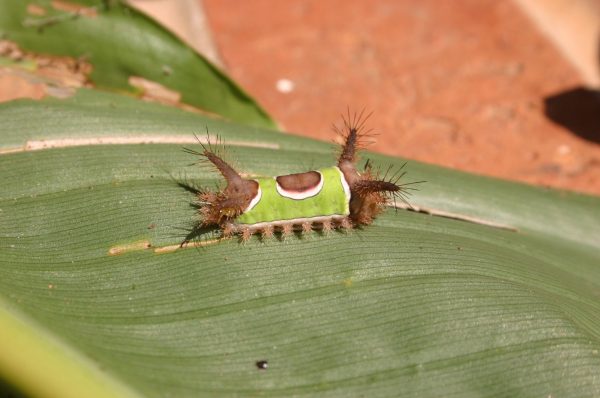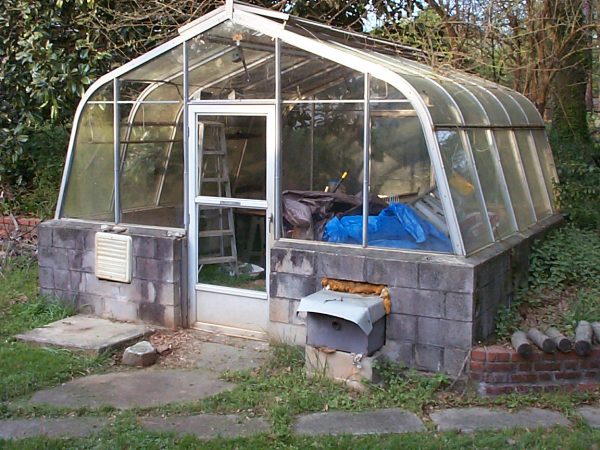Magnolia – Care
Magnolias are fast growing trees and grow well in Georgia in full sun. They are also more tolerant of heavy shade than are most evergreen trees. If you expect maximum growth, prepare the soil well before planting. A hole approximately 4 feet across and 2 feet deep is desirable. After preparing the soil, firm the soil below where the root ball is to be placed to prevent the plant from sinking in the future.
Be sure to plant so that the tree is no deeper than it grew in the nursery. This means that after planting the top of the burlap should be visible on a balled and burlapped plant. Water throughly to settle the soil around the roots.
Magnolias will often show symptoms of transplanting shock soon after planting and extending through the first growing season. Many of the older leaves may turn yellow or brown and drop. As long as some of the terminal leaves are retained and there is some new growth, the tree should survive and resume normal growth the following year. Water young trees weekly during dry periods in the spring, summer and fall. A mulch underneath the tree will help retain soil moisture.
Magnolia trees that develop with a single trunk or leader are more handsome than those with multiple trunks. Therefore, when the plant is small, prune out any side branches which compete with the central leader. All Magnolia trees have the potential to produce flowers. Due to seedling variations, however, some trees begin flowering at an earlier age than others. All trees will flower eventually.
One of the most common problems effecting Southern Magnolias is a mite that attacks the under surface of the leaves. These mites, which are too small to be seen without magnification, cause a brown discoloration on the under surface of the leaves particularly near the base and the margin. The corresponding upper surface of the leaves becomes yellow in color. Leaves may drop prematurely when there is a heavy infestation.













